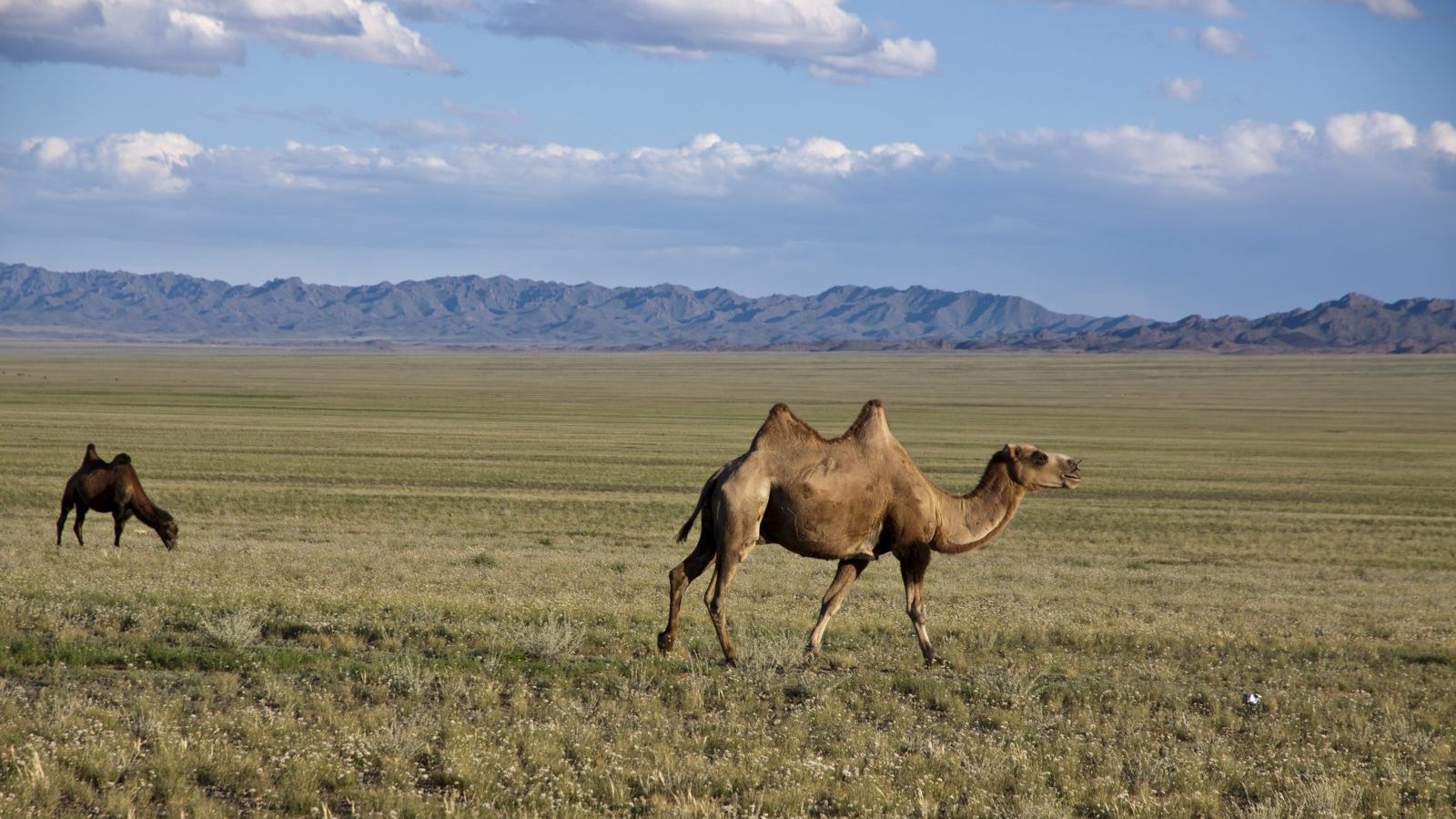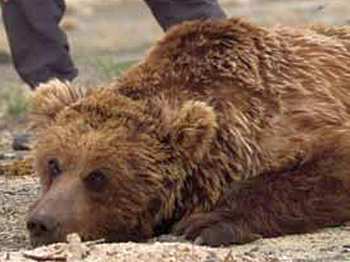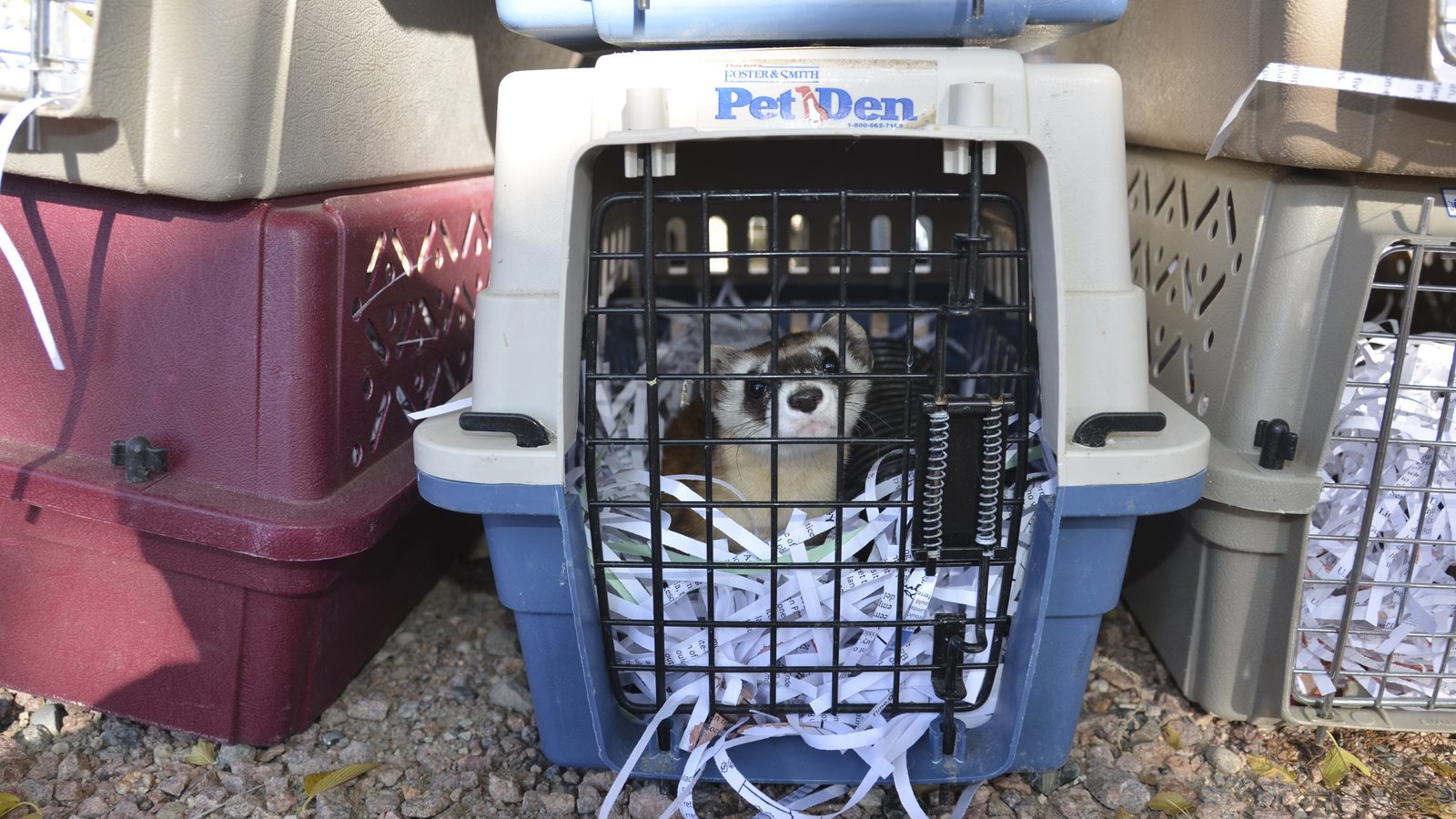A fed bear is a dead bear. This slogan has become ubiquitous for anyone who lives or plays in bear country. It appears on signs on national parks and campgrounds, at visitor centers and trailheads.
Feeding bears habituates them to humans. At first, having bears in the neighborhood may seem fun. When they start tearing up the shed, eating your dogs and cats and lurking around the playground, it becomes a lot less fun. Habituated bears occasionally hurt or even kill people. But more often, they end up being killed.
One of great mistakes in Yellowstone National Park’s history was the encouragement of tourists feeding bears. At one point, the park even put on nightly bear feeding shows at Old Faithful, and grizzlies regularly congregated around dumps. We watch the old, grainy videos of these feedings today with a sense of disbelief.
Conservationists now recognize that many human-grizzly conflicts can be avoided simply by making human food unavailable. That certainly means not deliberately feeding bears. It also means not leaving out dog food or bird feeders overnight, and making sure campsites are clean, with food securely placed in metal lockers or hung in trees.
Today, responsible people don’t feed bears. Period.
And that’s why it was a bit jarring to read about a leading wildlife conservationist and wilderness advocate feeding grizzly bears. Deliberately. With great quantities of food. To save them.
Before you post an angry comment, let’s be clear: These were not just any grizzlies, and their situation requires extreme measures. If we’re going to conserve large wildlife in the Anthropocene, sometimes you may have to break with conventional wisdom.

Bears in the Desert
Douglas Chadwick has spent his career researching and working to save large mammals in remote places. His best-known work is research on charismatic critters in the Northern Rockies: mountain goats, grizzly bears and wolverines.
He has written a number of compelling and popular books on his work, each filled with science, adventure and impassioned pleas for wilderness. Chadwick frequently calls for less human interference in the world’s few remaining big, wild places. Over-managing these places for human wants diminishes them for wildlife. In one of my favorite books, The Wolverine Way, he makes the case that game management is not science but simply a “utilitarian scheme” to provide targets for hunters, to the detriment of predators and scavengers that would thrive with less-managed herds. It’s a tough pill for an avid ungulate hunter, like me, to swallow. But I admire his steadfast defense of wild, untamed wilderness.
![]() In his latest book, Tracking Gobi Grizzlies, Chadwick explores the conservation of grizzly bears in what is arguably their most unusual habitat.
In his latest book, Tracking Gobi Grizzlies, Chadwick explores the conservation of grizzly bears in what is arguably their most unusual habitat.
Most of us in North America associate grizzly bears, Ursus arctos, with forests, mountains and rivers. These are the bears of Yellowstone and Glacier national parks. They’re the bears that grow to immense sizes feasting on salmon in Alaska.
But grizzly bears also range across Eurasia over a wide range of habitats. Some of those habitats are similar, like the salmon-rich streams of Russia’s Kamchatka and perhaps even the wooded mountains of Romania. But they’re also found in the Himalayas, and strangest of all, one population of grizzly bears live in Mongolia’s Gobi Desert. These bears are largely found in the Great Gobi A Strictly Protected Area, a wilderness region five times larger than Yellowstone National Park. It is one of the least-inhabited regions of one of the world’s least populous countries.
You might think that in such wild country, Chadwick would be arguing for a complete lack of human interference. But that’s not the case.

In the Gobi Desert, grizzly bears live alongside wild camels. They survive in a landscape that receives 4 inches of precipitation a year. And it’s not easy.
In a place like an Alaskan coastal stream, grizzly bears live off the fat of the land. I recall walking along the Kenai River and finding the bank lined with salmon carcass after salmon carcass, each with a bite taken out of it. It was as if the bear walked up the buffet line, lazily chomping each fish carcass it encountered. Any bear could be choosy, because there were literally millions of fish dinners lining the bank.
In the Gobi, calories come much harder. Bears subsist primarily on vegetation, digging up wild rhubarb roots and other nutrient-rich plants. They also eat insects and scavenge the occasional carcass. But in the best of times, finding a meal takes work.
And it’s not the best of times. The Gobi grizzly bear population is down to a couple dozen or so animals, putting them perilously close to the brink. One disaster could spell doom for this unique population. Historically, they’ve been persecuted and poached like many large predators. Lately, the face new threats, including overgrazing by livestock in and around the reserve, and a mining boom.
On top of this, the reserve has recently faced prolonged droughts and increasing temperatures. The Gobi bears are supremely adapted to their environment. But even they may not be able to eke out a living with less water and less food. And, of course, things are projected to get even hotter and drier in the years ahead.
Please Feed the Bears
Conservationists feared that, as Gobi bears found it more difficult to find food, their health and body fat would decrease. This in turn could decrease survival of young, potentially sending the already perilously low population into a spiral of doom.

As Chadwick recounts in his excellent book, the researchers and conservationists have taken a dramatic step: In the middle of this remote wilderness, they’ve set up gigantic feeders that dispense grain to grizzlies. They’re feeding the bears.
Chadwick has spent much of his career telling people not to feed the bears. He’s advocated for letting wilderness be free of human intervention. And when he confronted these feeders? Well, he analyzed the situation carefully. And then argued for establishing even more feeding stations for bears.
As he writes, “It was unsettling for me at first to make the mental switch from NO FEEDING BEARS to PRO FEEDING BEARS. But not too difficult.”
He notes that the fact that this area is remote wilderness actually makes the decision easier. The bears are not in proximity to large human communities. There’s little danger they’ll associate humans with food, as they rarely encounter any people. And putting the food out provides vital calories to female bears, making them more likely to give birth to healthy babies.
But what about the ethics of human intervention? Aren’t we in danger of turning even the world’s wildest places into over-managed zoos?
Chadwick argues: “If a population has declined to a remnant group, and the fertile females among them number less than a dozen, as in the Gobi, the most practical short-term fix you can offer while you try to figure out a long-term solution is to see that those female bear bellies are filled with food. You can save the natural-versus artificial debate for later.”
Extreme Measures
It’s no secret that many wildlife species find themselves in desperate straits. Saving them may require extreme measures. And some of those measures may clash with conservation orthodoxy. Accepting unusual strategies may be necessary to save some species.
Erecting bear feeders in the wilderness seems intuitively wrong for folks for whom “a fed bear is a dead bear” is a mantra. But that mantra has to be practical. It can’t stop us from attempting to save a unique population of desert animals.

Some of the most dramatic wildlife recoveries have occurred because conservationists have taken extreme measures. When a small population of black-footed ferrets was discovered after the species was presumed extinct, agency officials made the decision to capture those animals and breed them in captivity.
That decision rankled many who considered this risky and “unnatural.” One of the harshest critics of this capture effort was conservation writer (and now Cool Green Science contributor) Ted Williams. As he acknowledges, “Ferrets, we charged, were being ‘rescued to death.’ If the managers had listened to us, black-footed ferrets would indeed be extinct.”
Instead, black-footed ferrets have been returned to many sites in the wild. And while they still face threats, they are found in larger numbers than they have in decades. Fortunately, thoughtful conservationists, like Williams, learn from these instances and recognize that sometimes conservationists have to take extreme measures.
The island fox found on California’s Channel Islands is another creature that faced a precarious future. The Nature Conservancy and other partners led an effort to eradicate feral pigs, itself controversial with animal rights activists. Less well known is that the conservation effort involved relocating golden eagles, a native species that had followed the pigs to the island. The eagles ate not only pigs but foxes. The golden eagles were removed and bald eagles were restocked. For some, this seemed like over-management.
Today, the island foxes are thriving, a stunning conservation success.

Just yesterday, Cool Green Science reported on the imminent relocation of the last remaining caribou of Southern Selkirk population, the last herd to roam into the “lower 48” United States. Some see this as an admission of defeat. The caribou will not survive here. And perhaps it is. But the relocation will also offer more hope that this caribou will add vital genes to another suffering herd. And, the hope goes, when that herd grows large enough, and we understand more about the caribou’s habitat needs, caribou could be reintroduced back into the Southern Selkirks.
Of course, extreme measures can feel like a band-aid approach, doing anything to hold onto animals at the point of no return. But Chadwick and other conservationists view it differently. They believe that some actions buy time. Time for people to learn how to live more sustainably on the planet. Time for us to better understand how to coexist with wildlife. Time for values to change. Then we can share a world where human prosperity exists alongside the world’s incredible biodiversity.
Until then, though, we need to hang on to what we have. And that may mean removing rare species into captivity. It may mean relocating species into new habitats. And it likely means, at least in the Gobi Desert, that we learn how to feed




Great story, Matt. I especially liked your concluding paragraphs.